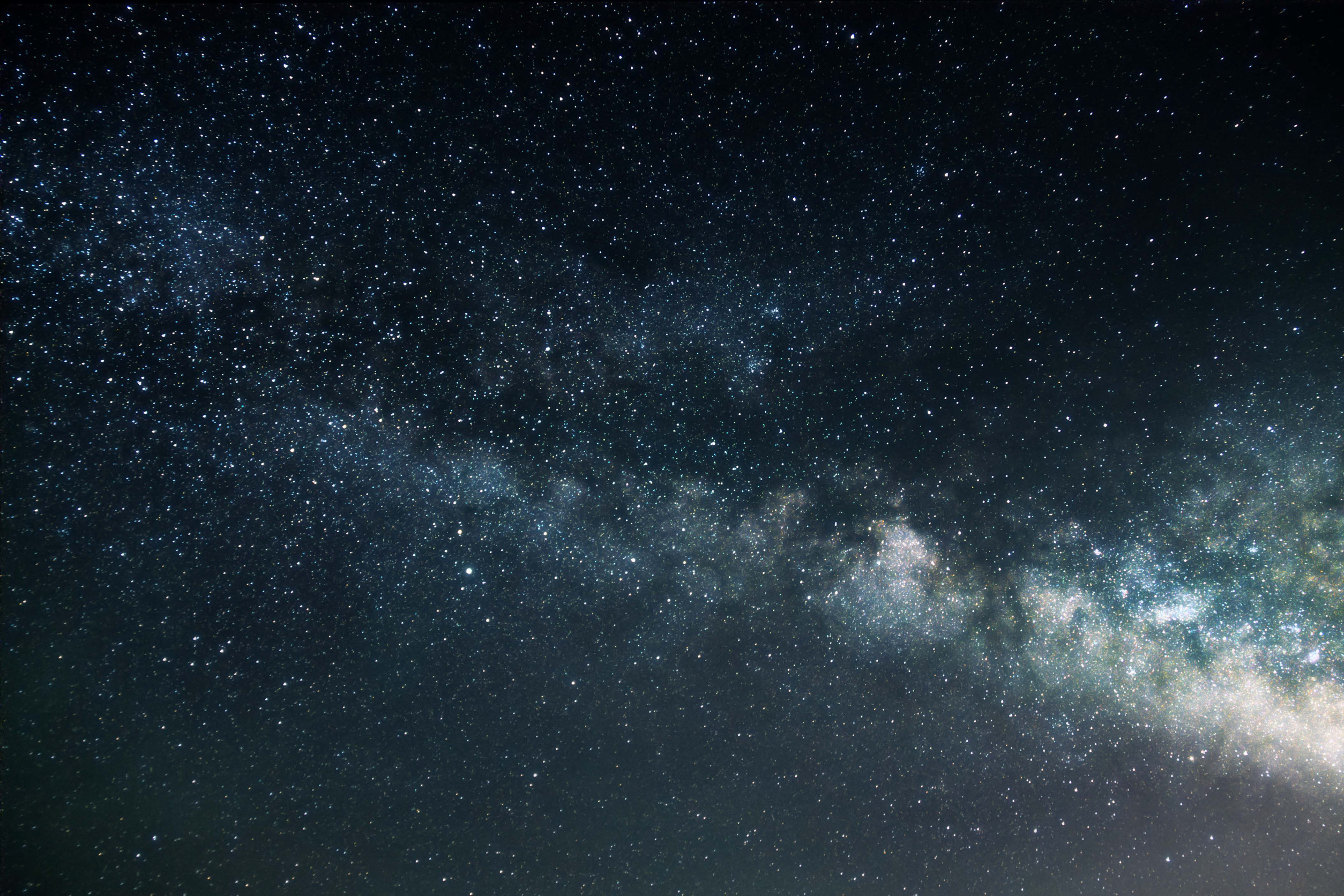BY THE OPTIMIST DAILY EDITORIAL TEAMA U.S. high school student made headlines by identifying 1.
5 million previously unknown objects in space using artificial intelligence. Matteo (Matthew) Paz, a student with a passion for astronomy and coding, developed a machine-learning algorithm that analyzed data from NASA’s NEOWISE infrared telescope. His work has not only uncovered a treasure trove of cosmic phenomena but has also been published in The Astronomical Journal.

Paz’s interest in the cosmos began in grade school, inspired by public stargazing events his mother took him to at Caltech. That early spark set the stage for a groundbreaking research journey.Mentorship that launched a breakthroughIn 2022, Paz joined the Planet Finder Academy, a Caltech outreach program led by Professor of Astronomy Andrew Howard.
There, he studied astronomy and computer science and was mentored by Davy Kirkpatrick, a senior scientist at Caltech’s Infrared Processing and Analysis Center.Kirkpatrick, who grew up in a small farming town in Tennessee, credited his own journey to a supportive high school teacher who guided him toward a career in science. Inspired to offer the same kind of encouragement, Kirkpatrick took Paz under his wing.
Together, they set out to explore untapped data from NEOWISE, a retired space telescope that had spent over a decade scanning the sky.Though NEOWISE was originally designed to detect asteroids and near-Earth objects, it also collected valuable infrared data on distant cosmic sources that varied in brightness— from quasars and exploding stars to eclipsing binaries. Much of that data had never been deeply analyzed.
AI meets astronomyPaz’s technical training through the Pasadena Unified Math Academy prepared him well for the task. Having completed AP Calculus BC by eighth grade and taken electives in coding, theoretical computer science, and formal math, he was well-equipped to apply machine learning to the massive NEOWISE dataset.Rather than manually sift through years of observational data, Paz developed an AI model to do it instead.
In just six weeks, he drafted a prototype that could detect subtle brightness fluctuations across time-series infrared measurements.With ongoing input from Kirkpatrick, Paz refined the model to process raw NEOWISE data more accurately. The result? The identification and classification of 1.
5 million potential new cosmic objects.In 2025, Paz and Kirkpatrick plan to publish a comprehensive catalog of objects that demonstrate significant variability. The catalog will offer valuable insights for researchers studying time-domain astronomy—a field focused on changes in the universe over time.
Beyond space: future applications of the modelWhile the discovery is impressive on its own, the AI model Paz created holds potential well beyond space science. “I could see some relevance to [stock market] chart analysis, where the information similarly comes in a time series and periodic components can be critical,” he said. He also noted potential applications in studying atmospheric changes or pollution patterns.
Paz, now employed at Caltech and mentoring other young researchers, exemplifies how mentorship, curiosity, and technology can come together to drive scientific discovery.With his work, Paz has helped breathe new life into NEOWISE’s data, expanded our understanding of the cosmos, and reminded us that innovation can come from unexpected places—sometimes, even from a high school student with a telescope dream and a knack for AI.The post US high school student uses AI to uncover 1.
5 million hidden space objects first appeared on The Optimist Daily: Making Solutions the News..
Top

US high school student uses AI to uncover 1.5 million hidden space objects

BY THE OPTIMIST DAILY EDITORIAL TEAM A U.S. high school student made headlines by identifying 1.5 million previously unknown objects in space using artificial intelligence. Matteo (Matthew) Paz, a student with a passion for astronomy and coding, developed a machine-learning algorithm that analyzed data from NASA’s NEOWISE infrared telescope. His work has not only uncovered [...]The post US high school student uses AI to uncover 1.5 million hidden space objects first appeared on The Optimist Daily: Making Solutions the News.











